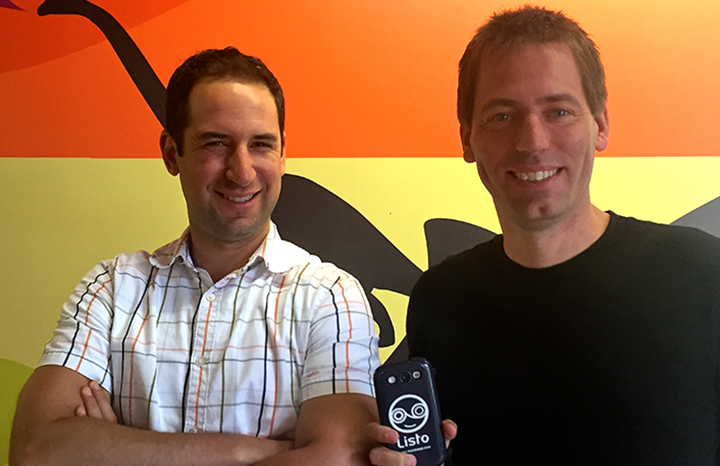*This article contributed by Sona Jepsen
When you’re running a business, survival hangs on your ability to adapt. But when you’re elbow-deep in your organization, the right course of action can often become hazy.
By hiring a consultant, you gain an expert opinion without the baggage of building a company or getting caught in the weeds. Consultants can see the forest for the trees and help you institute meaningful change.
Unfortunately, entrepreneurs often expect consultants to be a silver bullet — one factor that turns everything around. In fact, one study by McKinsey & Company found that only 38 percent of companies felt the changes that outside consultants had made had improved the company’s overall performance.
But affecting long-term change is difficult, and consultants can’t do it alone. Over the years, I’ve witnessed many successful and disastrous client/consultant relationships. Often, a partnership’s success hinges on a leader’s knowledge of her organization.
To reap the benefits of a consultant’s expertise, you need to approach change as a team effort. Here are six ways to set your consultant relationship up for success:
Do Your Research
Knowing that your consultant has delivered for past clients will set the tone for a healthy partnership. Most likely, a firm with an impressive track record has fine-tuned its approach and can leverage its successes within your organization.
Open the Lines of Communication
Show your employees and consultants that you’re invested in change by encouraging open communication. Set frequent review meetings with all consultants, and hold similar meetings with your team. Consistently ask employees for their input and feedback; they might have unique insights that you or your consultants haven’t considered. You’ll also have a chance to learn about progress being made and obstacles that others have overcome.
Your internal staff might feel threatened by this change, so make them feel comfortable expressing their concerns to alleviate any tension.
Don’t Turn Change Into a Gimmick
Make sure your program for change isn’t just a gimmick. If you over-market an abstract plan, your employees will see right through it. Once you have a plan in place, communicate the established goals clearly to explain why they matter. Ensure that the plan can realistically be incorporated into your staff’s everyday work. Your teams will only rally around change if they understand the vision and their role in it.
Set Clear Objectives Across the Board
Clear goals are the foundation for strong consultant/client relations. Work with the consultant and your team to establish shared objectives and deadlines. Most importantly, communicate them across the board.
When setting your aims, use a SWOT analysis (strengths, weaknesses, opportunities, and threats) to account for potential challenges. Always incorporate the vision you hold for your company for six months to five years from now, and prioritize those goals, too. These exercises will help you determine the right objectives for lasting change.
Be Realistic and Flexible
If you take too long to implement your plan for change, the nature of your business or industry could shift. Understanding your organization and chipping away at your long-term plans will be crucial for driving real change.
In the same vein, if employees can’t keep pace with change, you’ll create unnecessary barriers to your vision. At the end of the day, they’re the gears driving your company, and you need to give them adequate time to adapt and provide feedback on what is and isn’t working.
Your consultant should offer the same level of flexibility. Just because he promises to deliver in two weeks doesn’t mean your business will be ready for it. Set a realistic time frame, but make sure you and your consultant are willing to pivot as necessary.
Plan for Bumps in the Road
If you get through the process without a single hitch, you’ve probably done something wrong. Change is hard, and implementing it across an entire organization will be a learning process. Set your expectations accordingly, and devise a plan for navigating those inevitable bumps.
One hiccup you can count on is confusion. Expect to explain the vision multiple times and across many formats to accommodate different learning styles and personalities. Be patient with your team as everyone adjusts.
When hiring consultants, it’s easy to lay all the responsibility at their feet. If they don’t produce real change for your organization, they absorb the blame.
But you’re ultimately the one who has to wake up every day and perform in this environment — and amidst the changes that result. Consultants will eventually walk away, so it’s your job to craft a vision you’re satisfied with. If you take an active role in the consultant relationship and engage your employees in the process, you’ll help point your company in the right direction.
 Sona Jepsen is the Vice President of Consultant Relations at Fidelity National Information Services (FIS). Her department drives solutions for sales teams in consultant-led opportunities.
Sona Jepsen is the Vice President of Consultant Relations at Fidelity National Information Services (FIS). Her department drives solutions for sales teams in consultant-led opportunities.









